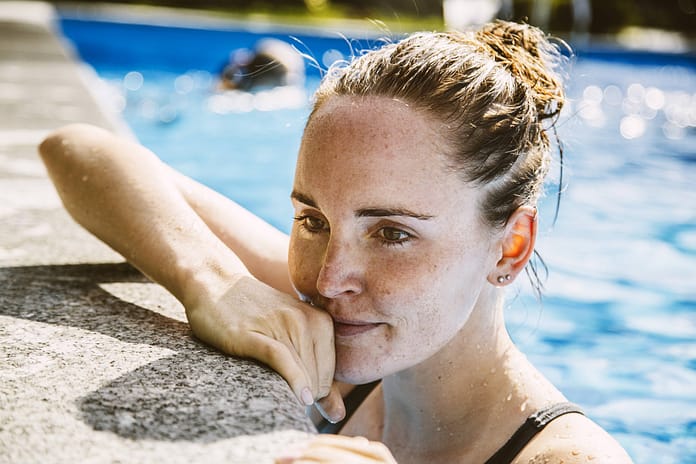A visit to the outdoor pool is as much a part of summer as ice cream and sunscreen! But as most of them climb out of the water refreshed, the agony of others begins: one chloralergy It causes itching and red spots on the skin. Where does the rash come from and what to do about it.
Chlorine allergy: What helps get rid of a harmful rash?
How does chlorine allergy develop?
If an allergic reaction occurs, the body stops a Actually a harmless substance to dangerous. He fights the apparent danger like a nurse. This creates an inflammatory reaction, eg b-rash.
The situation is different with chlorine sensitivity: chlorine is already present in high concentrations hurt us. It can cause irritation of the skin, mucous membranes and respiratory tract. However, the level of chlorine in swimming pools is so low that while it kills bacteria, viruses, and fungi, it does not cause problems for most people.
If you though Sensitive skin Or your airway is irritable, an allergic reaction may occur. People with allergies and people with asthma or neurodermatitis are particularly affected.
Continue reading: Are you afraid of suffering from sensitivity to the sun? You can learn all about the symptoms here.
What are the typical symptoms?
A chlorine allergy can manifest itself in several ways. The skin is usually affected. Contact dermatitis occurs. This is expressed by:
- redness
- swelling
- eager, eager
- pustules
- Feeling dehydrated and stressed

But the eyes can also be affected. It is about:
A chlorine allergy can also affect the respiratory system. Those affected may then experience:
- Cough
- sneezing
- Atemproblemen
attention: If symptoms worsen and may lead to circulatory problems And the If you have shortness of breath, you should definitely contact your doctor.
What to do about the rash
If you are under Frequent and severe symptoms If you’re allergic to chlorine, there’s one thing that helps: Avoid chlorinated water. As an alternative to the pool, you can swim in the lake or the sea.
People with less severe symptoms may experience the following:
- Prefer outdoor pools and outdoor poolsIn indoor swimming pools, the air contains more chlorine. Anyone who primarily interacts with irritated airways should swim outside if possible.
- take a shower after swimming: Complete! This will wash the chlorine off your skin. Rashes that appear as blisters or urticaria can be prevented in this way.
- Apply lotion after showering: Especially if you have sensitive skin, care is the best and most important, a rich cream that protects your skin from drying out and prevents its irritation.
You may also be interested in:


